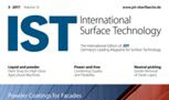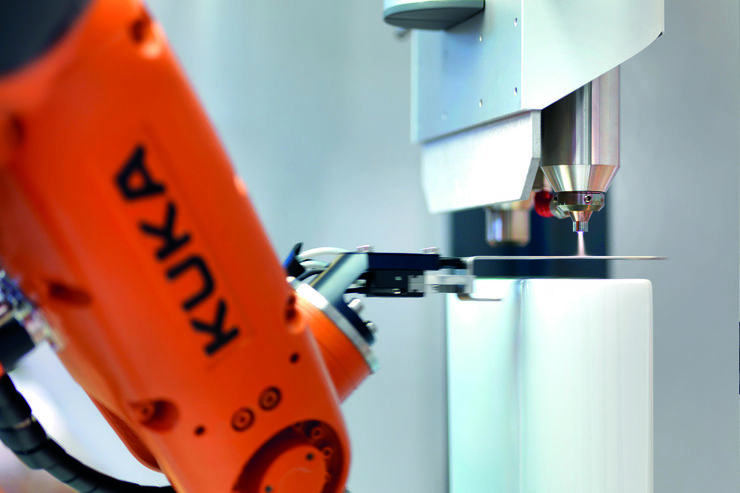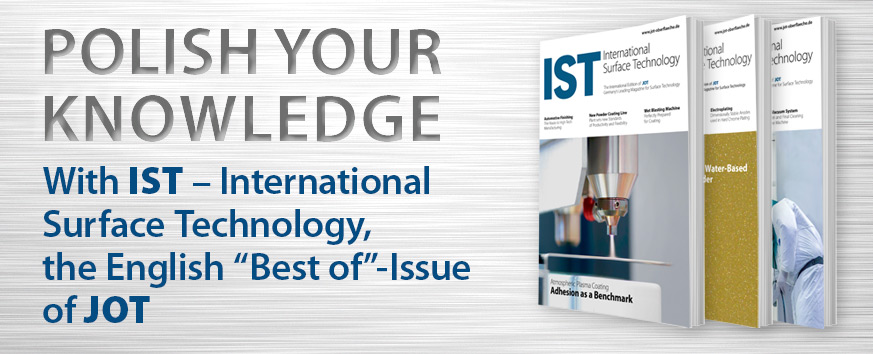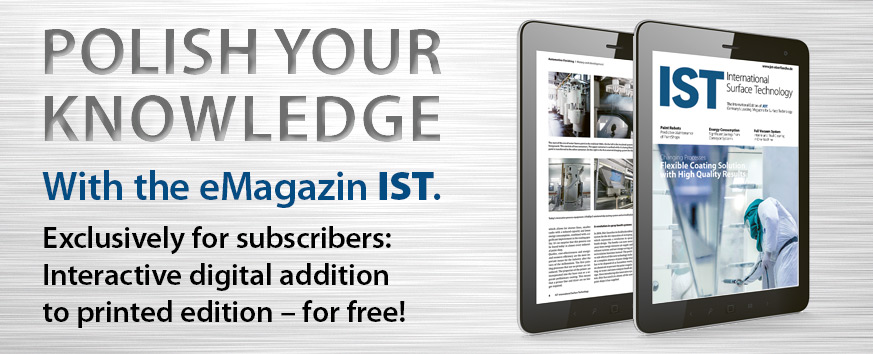3333 exhibitors from 63 nations, fully booked exhibition grounds, more than 224,000 visitors, 73.8 percent of whom came from abroad: the organisers of the world's largest plastics trade fair K 2019 can be satisfied - and so can the visitors who were interested in innovations in surface technology. One of the focal points was the integration of functions into the surface. In Düsseldorf, Germany Plasmatreat for example demonstrated "live" how the adhesive and sealing properties of plastic surfaces can be increased by plasma treatment. The application of the nanocoating can be integrated into the injection moulding line and ensures a metal-plastic bond that is as adhesive as it is media-tight. The result: the user can dispense with a primer. Plasmatreat sees typical applications in the manufacture of media-tight connectors and the production of hybrid components such as back-moulded emblems or structural components that have to meet high mechanical requirements.
Screen printing ink for printed electronics
At the K 2019, Pröll presented an extension of the Noriphan HTR N series. This deformable, directly sprayable, solvent-based, one-component screen printing ink system for film back-injection technology has been tried and tested for years. What is new is an opaque and carbon-free, thus non-conductive black ink for applications in printed electronics. The new screen printing ink was also developed with the IMSE technology of the Finnish manufacturer TactoTek in mind. It creates the prerequisite for integrating electronic components such as touch controls, sensors, lighting and antennas on a 2 to 3 mm thin, three-dimensionally shaped (plastic) surface.
Sensor integration already in the injection process
At the Wittmann-Battenfeld booth, the new IMD Varioform decoration process developed by Kurz was on display for the first time in conjunction with the sensor technology of the Kurz subsidiary PolyIC. In a single pass, a backing film was formed, back-injected, punched, decorated and equipped with touch sensors inside the injection mold. At the stand of Sumitomo (SHI) Demag, the latest developments in the IMD (In-Mould Decoration) process were presented. Here, Kurz also presented a multiple integration technology for sensors. This technology uses IMD technology to create backlit individual images with a length of over 900 millimetres during the injection moulding process.
Autor(en): Gerald Scheffels




